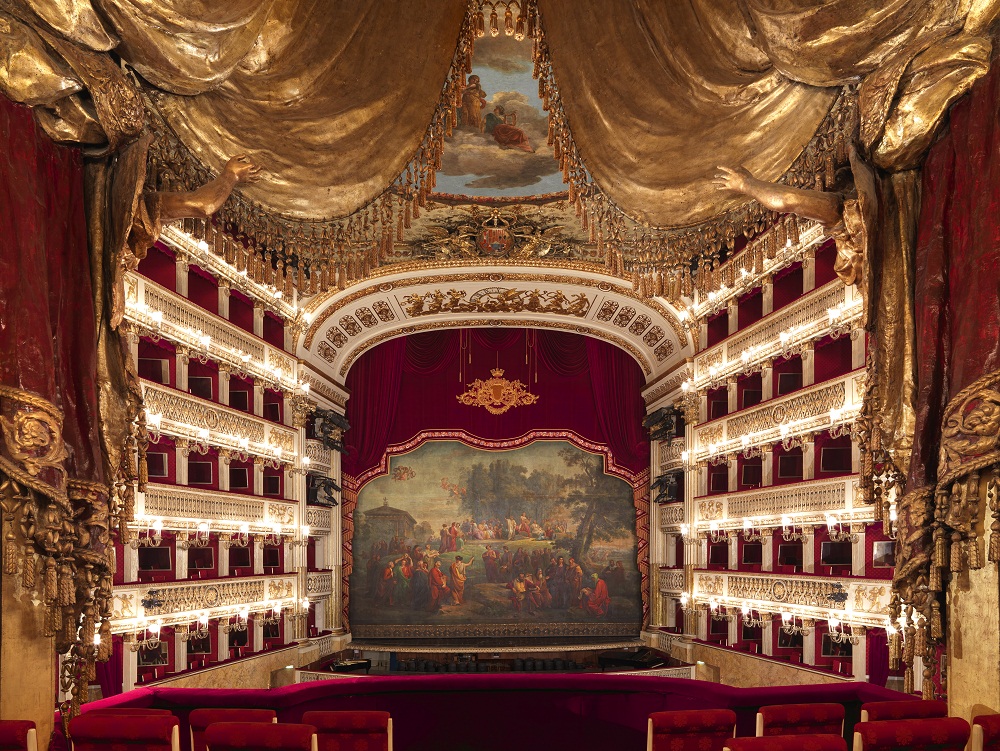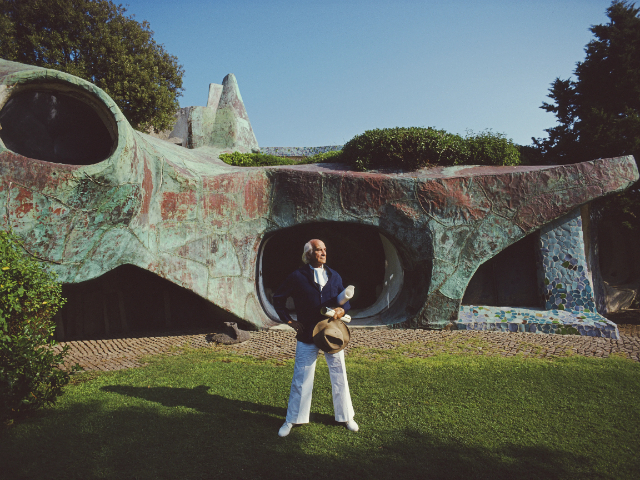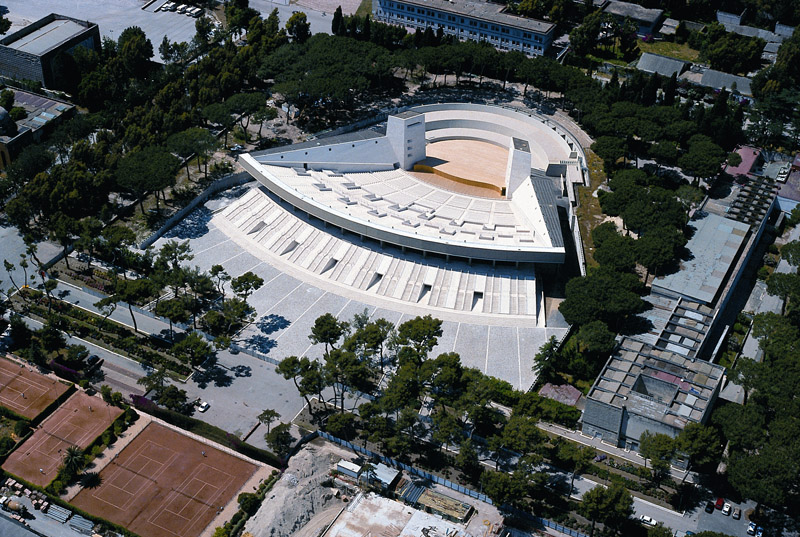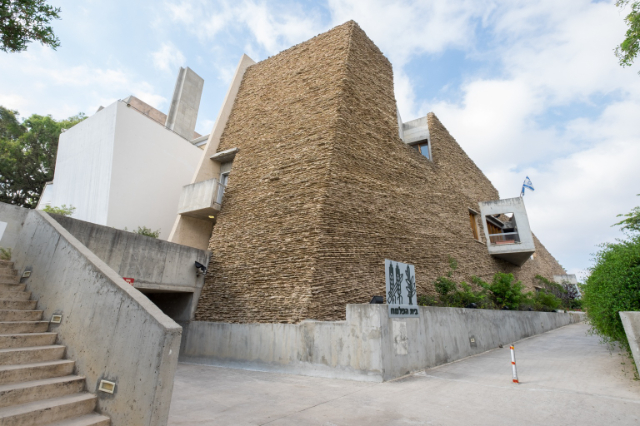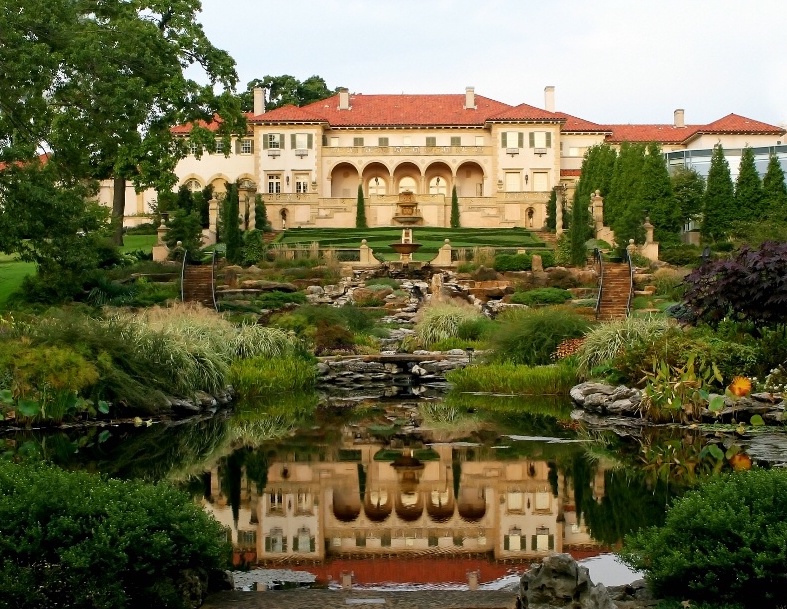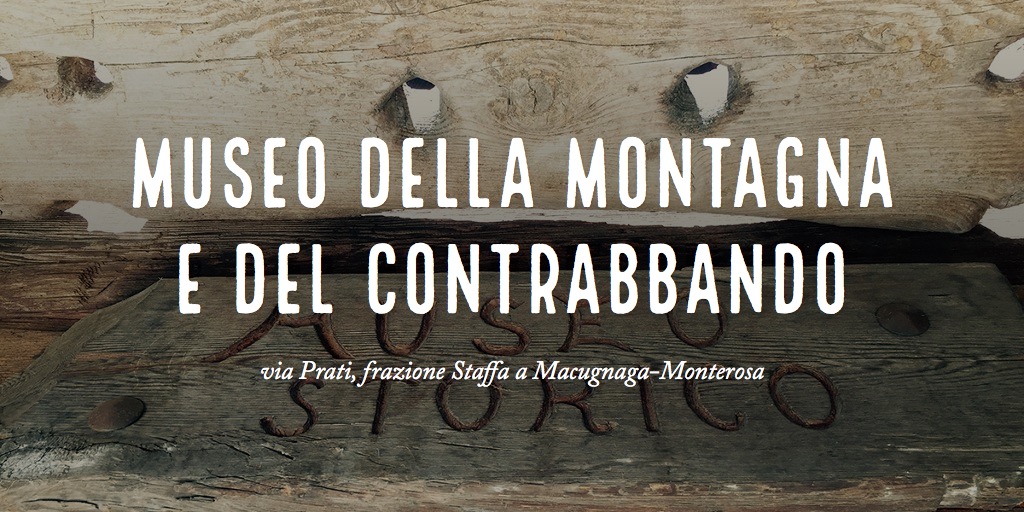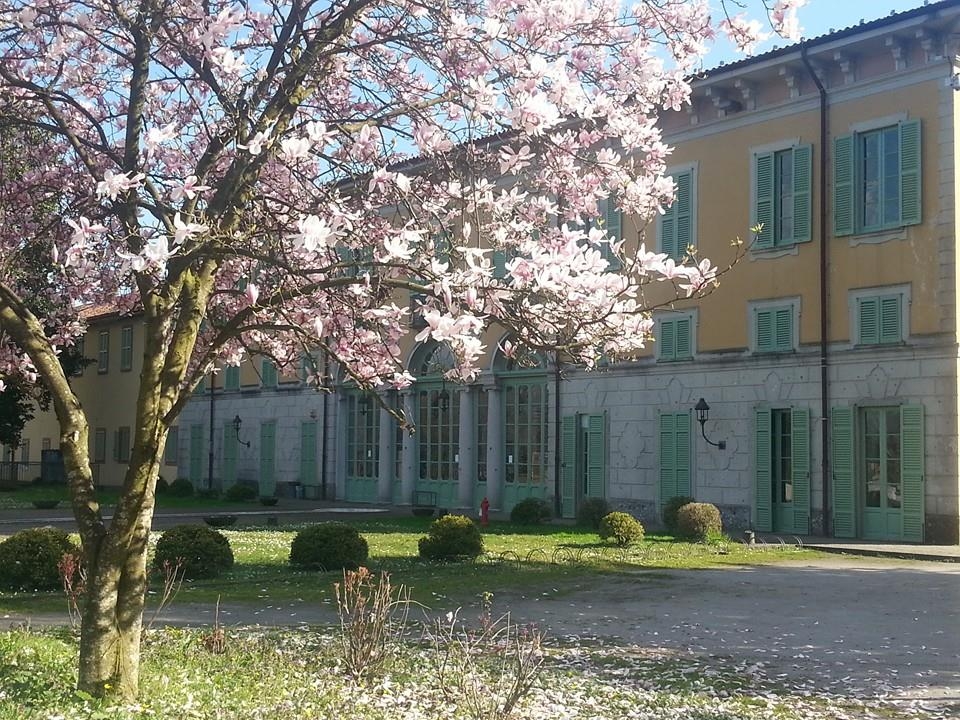The San Carlo, which won a place in National Geographic’s ranking a couple of years ago, surpassing La Scala in Milan and many other world-renowned theaters, also takes first place in Best5.it’s ranking of the most beautiful theater ever!
Here is the ranking:
1st Real Teatro di San Carlo, Naples – Italy
2nd Bolscioi Theater, Moscow – Russia
3rd Opéra Garnier, Paris, France
4th Semperoper, Dresden, Germany
5th Teatro alla Scala, Milan, Italy
And as Stendhal wrote: "The first impression is of having fallen into the palace of an Eastern emperor. The eyes are dazzled, the soul ravished. There is nothing, in all Europe, which I do not say approaches this theater, but gives the faintest idea of it."
The coat of arms of the Kingdom of the Two Sicilies – when not under restoration – towers over the majestic archway, with which it merges.
In the center of the coat of arms is the House of Bourbon – three silver fleurs-de-lis on a blue field – and around it the 21 heraldic symbols of the Houses related to the one reigning in Naples. They compose what appears to be a fascinating symbol of the historicity of a theater now restored, with careful restoration work, to its former splendor.
The San Carlo is, in fact, the oldest operating theater in Europe: built in 1737 (41 years before La Scala, 51 before La Fenice) it never interrupted its seasons except for two years (1874-1875) due to lack of funding. Neither the fire of 1816 nor World War II succeeded in interrupting its activity: in the first case the theater was rebuilt in six months by King Ferdinand, in the second a series of concerts for the Armed Forces replaced in the most dramatic moments of the conflict, the normal performance activity. It also shares with the Teatro alla Scala the record of the oldest Italian Ballet School, founded at the same time in Milan and Naples in 1812, while since 1816 it has given its School of Stage Design.
It was erected at the behest of Charles of Bourbon, who, determined to give his capital a theater to replace the aging San Bartolomeo, owned by the Casa degli Incurabili, assigned to this charitable institution an annuity of 2,500 ducats, equal to the profit it made from its management, and ordered its felling and the recovery of timber. At the same time, he instructed the Royal Factories to design the new theater in a more central location: on March 4, 1737, a contract was signed with architect Giovanni Antonio Medrano and contractor Angelo Carasale. The expense was calculated at 75,000 ducats (about 1.5 million euros today), delivery set for the end of the same year.
The commitment was fulfilled with extraordinary precision: on Nov. 4, 1737, the Sovereign’s name-day, the San Carlo was inaugurated with Metastasio’s opera Achilles in Sciro, with music by Domenico Sarro, who conducted the orchestra, with two dances for intermission, created by Grossatesta. The part of Achilles was supported, as was the custom at the time, by a woman, Vittoria Tesi, known as la Moretta, with Anna Peruzzi, known as la Parrucchierina, prima donna soprano, and tenor Angelo Amorevoli, next to her. The theater immediately imposed itself on the admiration of Neapolitans and foreigners, for whom it quickly became an attraction judged unparalleled. For the grandeur, the magnificence of the architecture, the decorations in gold, the sumptuous decorations in blue (it was the official color of the Bourbon House Two Sicilies and therefore the velvets of this hue were replaced, after the unification of Italy, with red and the coat of arms of the subarch was superimposed on the Savoy coat of arms); but also for the musical interest of the performances.
